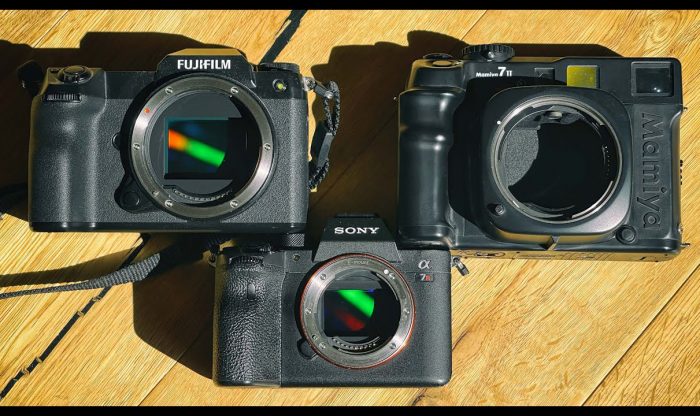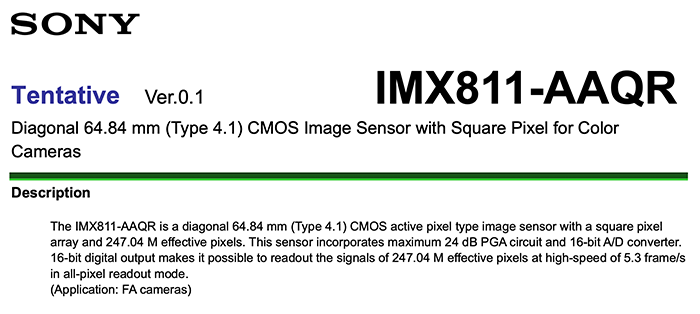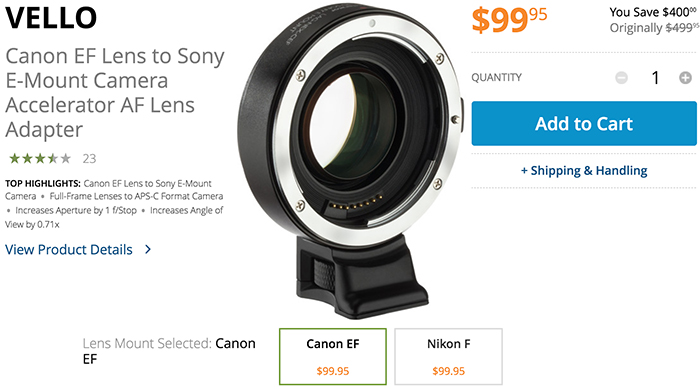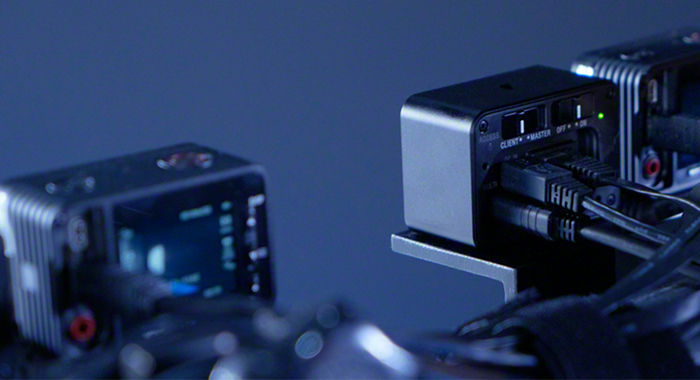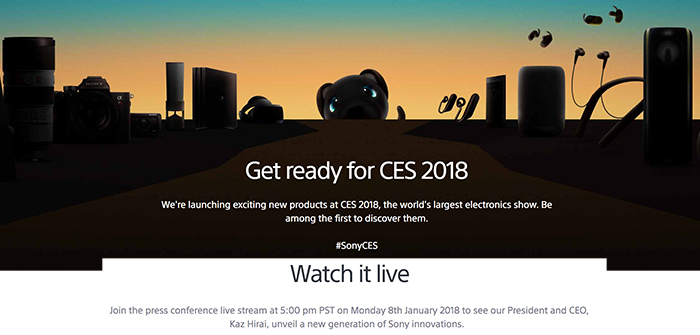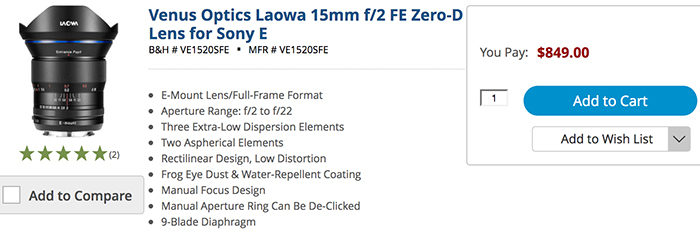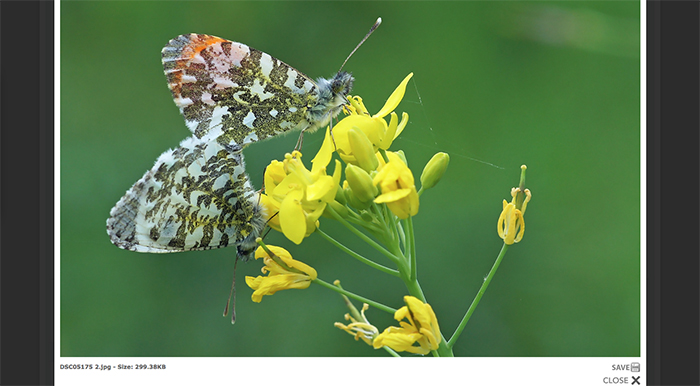Sony Announces New Expanded Multi-View Shooting Capabilities for the Compact RX0 Camera
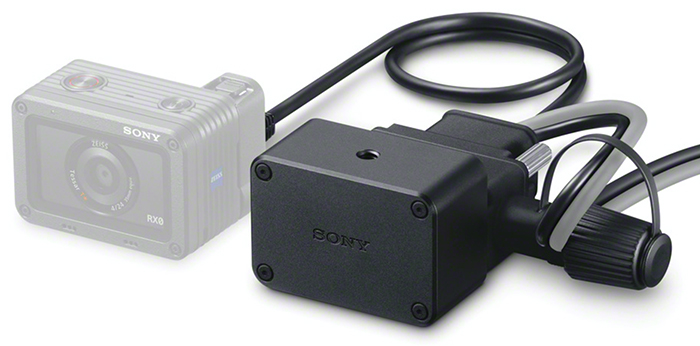
I reported about this before on SAR and now it’s official:
Sony Announces New Expanded Multi-View Shooting Capabilities for the Compact RX0 Camera
New Wired and Wireless Multi-Camera Solutions Enable More Flexibility and Creativity
LAS VEGAS, Jan 8, 2018 – Sony Electronics, a worldwide leader in digital imaging and the world’s largest image sensor manufacturer, has today announced new wired and wireless multi-camera solutions for the versatile RX0 that enable more flexibility, creativity and operability for today’s creators.
The RX0, introduced late this past fall, brings the advanced imaging quality of Sony’s acclaimed RX camera lineup to a robust, waterproof1, ultra-compact body measuring approximately 2 3/8 in. x 1.5/8 in x 1 3/16 in (WxHxD) 2 and weighing just 3.9 oz3. The miniature dimensions and all-around versatility of the new camera make it a powerful tool when used either as a single unit or when combined together with additional RX0 cameras in multi-angle, multi-view shooting situations. For flexible mounting options in tight spaces, the camera features a complete symmetrical lens position and an image flip function, adding to its wide range of creative potential.
The compact RX0 camera offers two different types of solutions for multiple camera shooting and control, including a wired solution for precisely accurate camera synchronization and control, and a wireless solution for added convenience and flexibility.
New RX0 Wired Multi-View Shooting with Camera Control Box
Sony has announced a new accessory Camera Control Box (model CCB-WD1) that connects to the RX04 and enables PC control with web browser5 via wired IP (internet protocol) connection. By converting control signal to IP, camera settings can be reliably controlled6 from a single PC from any location. A wired connection also allows for much seamless control and synchronization of multiple pairs of RX0 cameras and Camera Control Boxes – up to 100 units7 in total – enabling creators to produce high quality movie effects like “bullet-time” or virtual reality, or to shoot high profile events from unique angles.
When using multiple pairs of RX0 cameras and camera control boxes, settings of all connected cameras can be changed simultaneously, and can be triggered to all start/stop recording at the same time. Additionally, a video sync function is also available, allowing frame timing to be synchronized between all connected cameras. This reduces any time gaps between cameras and supports the process of stitching multiple images together to create special effects.
Files can also be transferred directly to the connected PC8, with the ability to assign and change file names to avoid any confusion when dealing with multiple cameras. In total, up to 1007 separate RX0 cameras and CCB-WD1 Camera Control Boxes can be linked together for a live-view multi-camera feed. Additionally, via Camera Control Box, shooting settings and modes for all connected cameras can be easily programmed by the user.
The new CCB-WD1 Camera Control Box will ship next month for about $700 US or $900 CA.
Improved Wireless Multi-View Shooting with New PlayMemories™ Mobile Application
Sony’s latest version 6.2 of its PlayMemories Mobile application expands the multi-camera control capabilities when paired with the RX04. With the new version of the mobile application, users will be able to link their smartphone or tablet to up to 50 RX0 cameras via an access point9 to control them simultaneously10. In addition to the current ability to change key camera settings, all connected cameras can be turned ON/OFF together11, and users have the ability to control and shoot by separately assigned camera ‘groups’.
The new PlayMemories Mobile application version 6.2 will be available this month.
1. Compliant with JIS/IEC protection levels (based on Sony tests). Shooting in depths of up to 10 meters (33 ft) is possible for up to 60 minutes (JIS: Japan Industrial Standards; IEC: International Electrotechnical Commission). Depending on usage conditions and circumstances, no guarantee is made regarding damage to, malfunction of, or waterproof performance of this camera
2. Approximate dimensions
3. Approximate weight with battery and media included
4. System software update for RX0 (scheduled in January 2018) is required
5. Recommended computer environment
OS: Windows 7/Windows 8.1/Windows 10, Mac OS X 10.11/macOS 10.12-10.13
Web browser: Google Chrome, Internet Explorer, Safari
6. Use only in a network environment with security measures
7. Depending on the specifications of the equipment to be used, the number of devices that can be connected will change. Up to 100 units connection have been tested (based on Sony tests)
8. Up to 4 GB per file can be transferred
9. Depending on the specifications of the access point, smartphone, tablet to be used, the radio wave environment of the installation location, the number of devices that can be connected will change. Up to 50 units connection have been tested (based on Sony tests)
10. Use only on Wi-Fi connection with security measures
11. Bluetooth connection required. Depending on the specifications of smartphone, tablet to be used, the number of devices that can be controlled will change.
